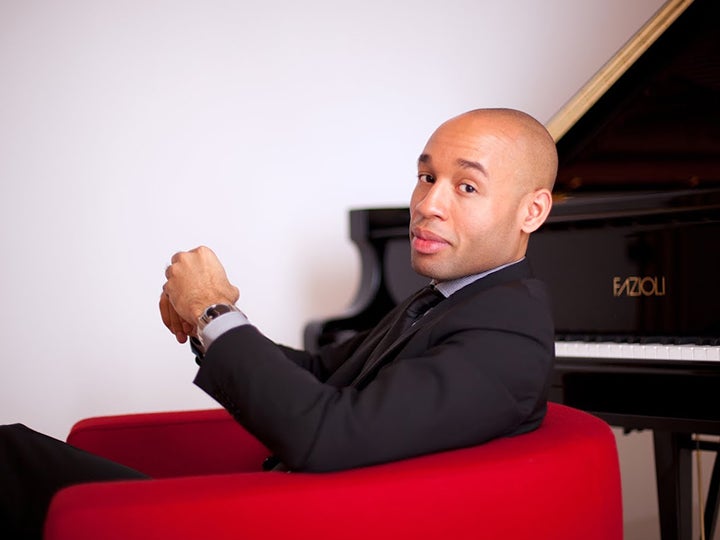A Listener’s Guide to The Firebird
Although it is an early work, The Firebird demonstrates the promise of the exquisite composer that Stravinsky would become. It is one of his first masterpieces; already at a young age he was grappling with some new, experimental ideas in his music. Here are five excerpts to look out for that will make your listening experience even better when the NJSO performs this piece Nov 29–Dec 2!
Trills
Trills underscore a soft melody. A passage like this would have worked with just suspended notes, or even tremolos, which had been very frequent up until this point. The addition of the trills “winds up” the momentum that will bring this piece to its triumphant end.
Unwinding the tension
Leading up to one of the climaxes in the “Infernal Dance,” the music builds up so much energy that Stravinsky literally unwinds the pent-up tension. The lower brass and strings slide downward in steep falling patterns, while the upper instruments continue the music. This helps keep the intensity while the foundation literally falls from under it. The trombones, cellos and basses physically slide down their instruments, so it can be seen as much as it can be heard.
Violin jeté
Stravinsky writes the word “jeté” for the violins, which means “ricochet.” This is a popular instruction for strings, calling for them to bounce their bow on the strings, producing multiple hits, similar to dropping a basketball on a court. Stravinsky’s marking keeps the full orchestral sound, even though the winds take the main part. Underscoring wind instruments is tricky, as they are easily drowned out. Stravinsky solves this problem by using a very quiet, yet very active, technique in the strings that maintains the orchestra’s ecstatic feeling but doesn’t drown out the winds.
Strings bow down
There is a powerful moment during the magical ending of The Firebird. While the brass are punching out each note of the iconic melody, the strings accompany them in a very satisfying way. Normally, string players guide the bow back and forth to produce a sound, and normally they would be drowned out against a full brass choir. To solve this, Stravinsky calls for each string player to perform only down bows, matching the brass’ punctuated notes. The strings are, therefore, able to out-articulate the orchestra, even though the brass are still much louder. The result is a “fire-y” gesture, in both sound and sight.
String harmonic glissando
The last selection might be the most recognizable. Although he was not the first to do it, Stravinsky employs a very eerie and modern technique for the strings—a harmonic glissando. Natural harmonics are achieved only by lightly placing your finger on different specific divisions of the string (1/2, 1/4, 1/3). A glissando is when a performer slides between normal notes. So when a string player executes a glissando using only harmonics, the resulting sounds are only notes in the overtone series—open chords in a very “glassy” style. Think of the sound when you circle your finger around the rim of a crystal wine glass. This is as cool to watch as it is to hear!
The Firebird is a feast for the eyes and ears and must be seen live to truly experience its breadth. Don’t miss the NJSO perform this piece Nov 29–Dec 2!
Rhapsody in Blue & The Firebird
2018–19 Season
JOSHUA WEILERSTEIN conductor
AARON DIEHL piano
NEW JERSEY SYMPHONY ORCHESTRA
-
MILHAUD La création du monde
French composer Milhaud heard jazz in Harlem during a 1922 visit and brought the sound back to Paris for this lively ballet based on African folk mythology.
-
GERSHWIN Rhapsody in Blue
Gershwin called this iconic piece “a musical kaleidoscope of America, of our vast melting pot, of our national pep, of our blues, our metropolitan madness.”
-
PRICE Piano Concerto (NJSO Premiere)
Florence Price was the first African-American female composer to be performed by major orchestras; her lush concerto skillfully blends classical and popular styles. Read an article from The New Yorker on the “The Rediscovery of Florence Price: How an African-American composer’s works were saved from destruction.”
-
STRAVINSKY Suite from The Firebird (1919)
Lavish, vibrant, iconic; tells the tale of the Firebird, whose power is brilliantly illustrated by the thrilling score.
